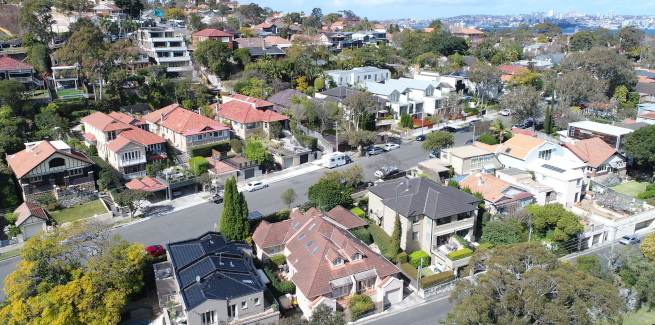New figures from Roy Morgan has shown that one in five (or around 783,000) mortgage-holders were at risk of “mortgage stress” in the three months to November 2020.
While the figures were unchanged on a year earlier in late 2019, this was up from the record lows in the middle of 2020 when only 668,000 mortgage-holders were considered “at risk” between July and September 2020.
These record-low at-risk numbers had come during a period when maximum support was provided to the economy by the federal government, as well as banks, which supported borrowers by giving those in financial distress loan repayment deferral options, or mortgage “holidays”.
According to Roy Morgan’s Single Source survey, which is based on interviews with 50,000 Australians each year, including over 10,000 owner-occupied mortgage-holders, of those at risk, more than half – or 454,000 – were considered “extremely at risk” during the three months to November 2020. This comprised 12.4 per cent of all mortgage-holders.
However, the number of borrowers considered “extremely at risk” in the three months to November 2020 were down on late 2019, and well below the level at the start of the coronavirus pandemic, when 559,000 borrowers were considered to be “extremely at risk” of mortgage stress.
Commenting on the research, Roy Morgan CEO Michele Levine said levels of mortgage stress had plunged during 2020, but has warned that the winding back of support from the federal government and banking and financial institutions in 2021 would be a “test” for the property sector.
The measures that are expected to be wound back include the JobKeeper wage subsidy and the JobSeeker COVID-19 supplement, which are due to expire at the end of March, and the loan repayment deferral schemes, which are also being progressively halted.
Indeed, figures from the Australian Prudential Regulation Authority had revealed that as at 31 December 2020, only $51 billion worth of loans were on temporary repayment deferrals, around 1.9 per cent of total loans outstanding.
Housing loans on deferrals had totalled $42.9 billion, which is around 2.4 per cent of total loans subject to deferrals, making up the majority of total loans granted repayment deferrals.
Ms Levine said the withdrawal of this support has increased the importance of tracking the level of mortgage stress during 2021, adding that it could provide an early indicator of potential financial problems on the horizon in the near future.
“Because of the extensive government support and deferred payments on housing loans provided by banks and other financial institutions, the impact of COVID-19 is yet to be fully felt,” Ms Levine said.
“But the trend emerging in Roy Morgan data from September to November warns us there will be significant pressures emerging when the support ends.”
The link between unemployment and mortgage stress
Ms Levine referred to a special survey by Roy Morgan into the employment impact of COVID-19, which she said has shown that 11.2 million working Australians (72.0 per cent) in May 2020 had experienced a change in their employment due to the pandemic, while in November 2020, there were still 10.2 million working Australians reporting a change.
Most of these have been negative changes, including having “work hours reduced”, “being stood down for a period of time”, “not having any work offered”, or “being made redundant”, or a combination of the above.
For Australians with negative employment changes due to COVID-19, mortgage stress is significantly higher, with 25.7 per cent of respondents now in mortgage stress, which is 5 percentage points higher than for all mortgage-holders.
In addition, 16.8 per cent are “extremely at risk”.
Speaking further about the findings, Ms Levine said: “Many years of research into mortgage stress has shown that the biggest driver of increased mortgage stress is the reduction in income caused by the loss of a job, which causes an immediate jump into a ‘risk’ category.
“Over two in three mortgages rely on more than one income, and our analysis shows losing even the lower of these two incomes causes an immediate fourfold increase in the likelihood of those mortgage-holders becoming ‘at risk’ or ‘extremely at risk’.
“The ending of the JobKeeper wage subsidy later next month will put added pressure on up to 1.5 million jobs that were relying on the payment in the December quarter 2020, according to the Australian Treasury. That is a huge pool of employees who potentially face a substantial drop in income over the next few months that is set to lead to an increase in mortgage-holders falling into an at-risk category.”
[Related: Loan repayment deferrals phasing out]
 ;
;
